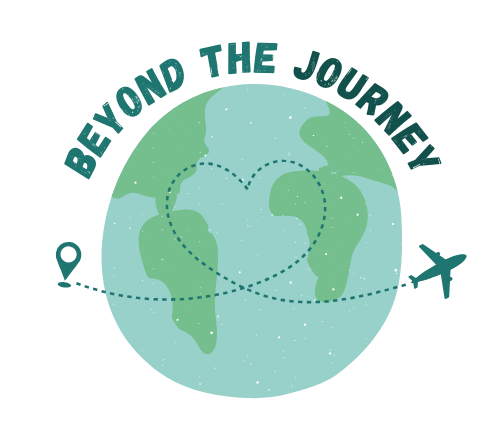I’ve Traveled To 37 Countries—These 12 South American Spots Still Top My List
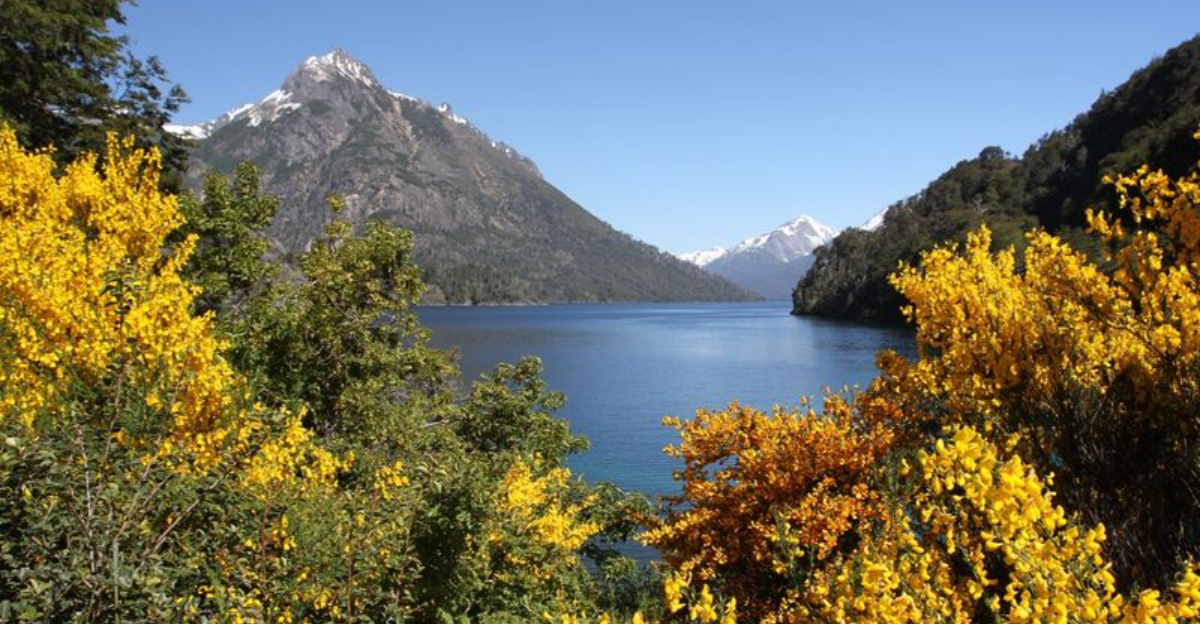
There’s something about South America that lingers in your soul long after you’ve left. Maybe it’s the rhythm of life in a Buenos Aires café, the vast silence of Patagonia, or the surreal colors of Bolivia’s salt flats.
Every corner of this continent holds a story—and I’ve chased many of them, camera in hand and heart wide open. Curious which places made the deepest impression on me?
Let’s dive into the twelve destinations I can’t stop thinking about.
1. Patagonia’s Endless Trails
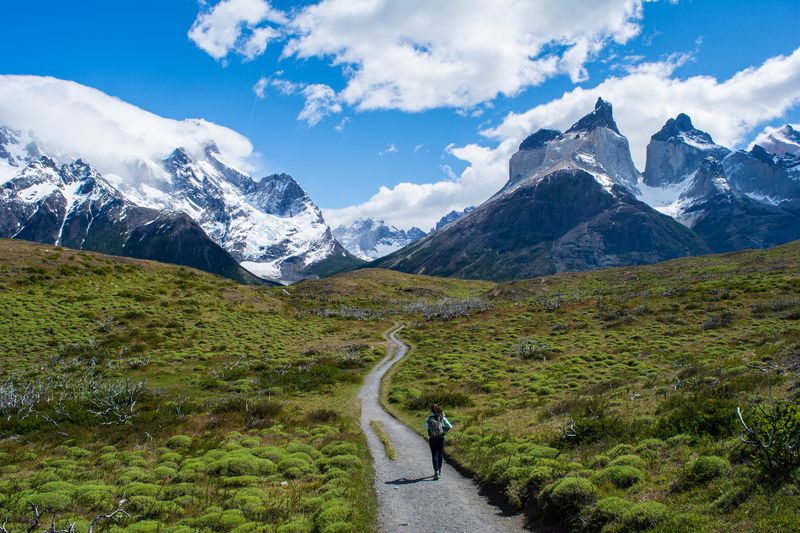
Standing at the base of Torres del Paine’s iconic granite spires, I felt smaller than ever before. The wind whipped across my face as condors soared overhead, masters of this untamed wilderness.
My trek through Chilean Patagonia remains the most physically challenging yet spiritually rewarding journey I’ve undertaken. Each day brought new wonders—glacial lakes of impossible blue, golden grasslands stretching to the horizon, and wildlife that seemed unbothered by human presence.
If you visit, prepare for unpredictable weather but know that each difficult step rewards you with vistas few humans ever witness. The region’s remoteness preserves its magic.
2. Cartagena’s Old Town
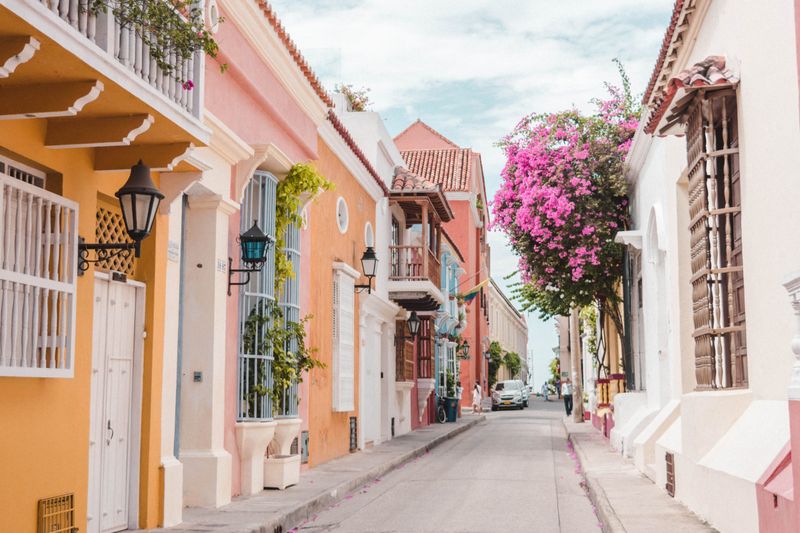
Wandering through Cartagena’s walled city at sunset, I understood why Gabriel García Márquez found inspiration in these streets. Bougainvillea cascades from colonial balconies while horse-drawn carriages clatter across cobblestones, creating a scene that feels frozen in time.
During my week here, I discovered hidden courtyards, sipped coffee in centuries-old plazas, and danced salsa with locals who welcomed me like family. The Caribbean influence creates a unique cultural blend unlike anywhere else in South America.
Though temperatures soar during midday, evenings transform the city into a magical place where music spills from doorways and storytellers gather crowds on street corners.
3. Atacama Desert Skies
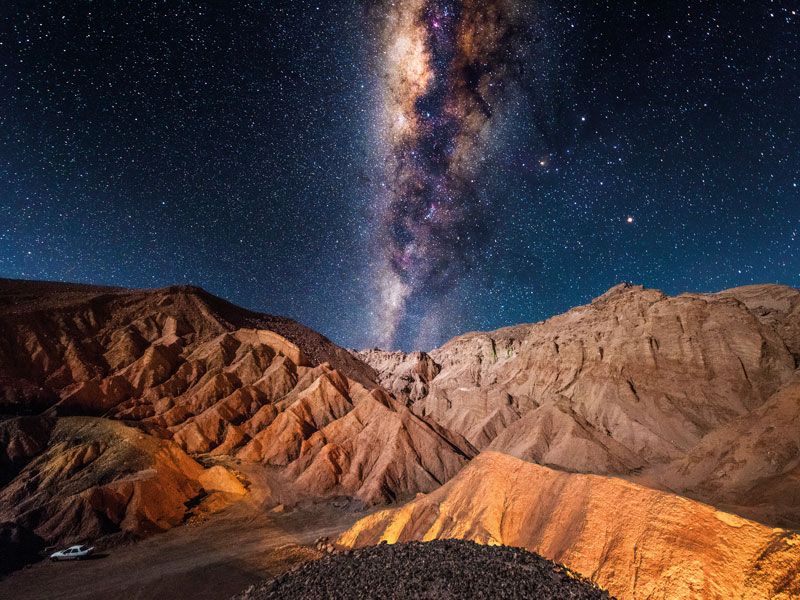
Never had I seen stars so brilliant until I laid back in Chile’s Atacama Desert, the driest non-polar place on Earth. The Milky Way appeared as a luminous river flowing across the night sky, with more stars than I thought possible.
Days here were spent exploring otherworldly landscapes—salt flats that crunch underfoot, geysers that erupt at dawn, and flamingo-dotted lagoons that shimmer like mirages. The Mars-like red valleys made me question whether I was still on my home planet.
Despite brutal temperature swings from scorching days to freezing nights, this high-altitude desert offers experiences that seem to exist outside normal reality. The silence alone is worth the journey.
4. Iguazu Falls Power
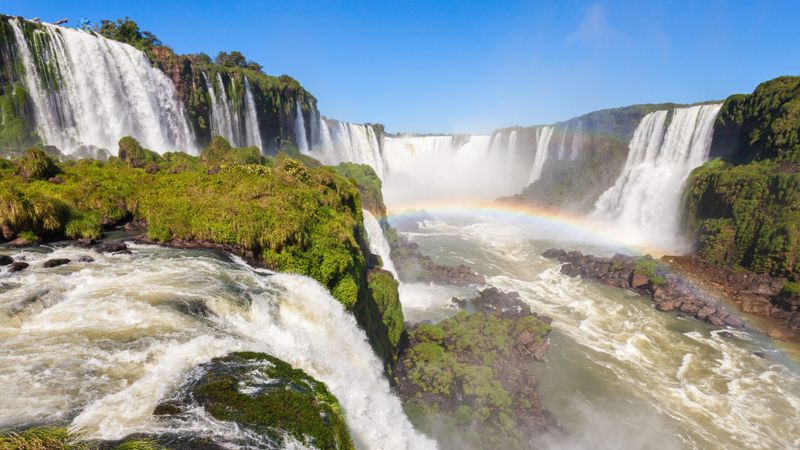
The thunderous roar hit me before I glimpsed the falls themselves. Iguazu’s 275 cascades form a watery curtain that spans nearly two miles across the Argentina-Brazil border, creating the most spectacular waterfall system I’ve encountered.
Soaked to the skin on the Devil’s Throat walkway, I watched rainbow-crowned mist rise hundreds of feet as millions of gallons crashed into the gorge below. Butterflies danced around me while curious coatis scampered at my feet, seemingly unimpressed by the natural wonder they call home.
When Eleanor Roosevelt reportedly exclaimed “Poor Niagara!” upon seeing Iguazu, she wasn’t exaggerating. No photograph captures the overwhelming sensory experience of standing amid such raw, untamed power.
5. Cusco’s Ancient Streets
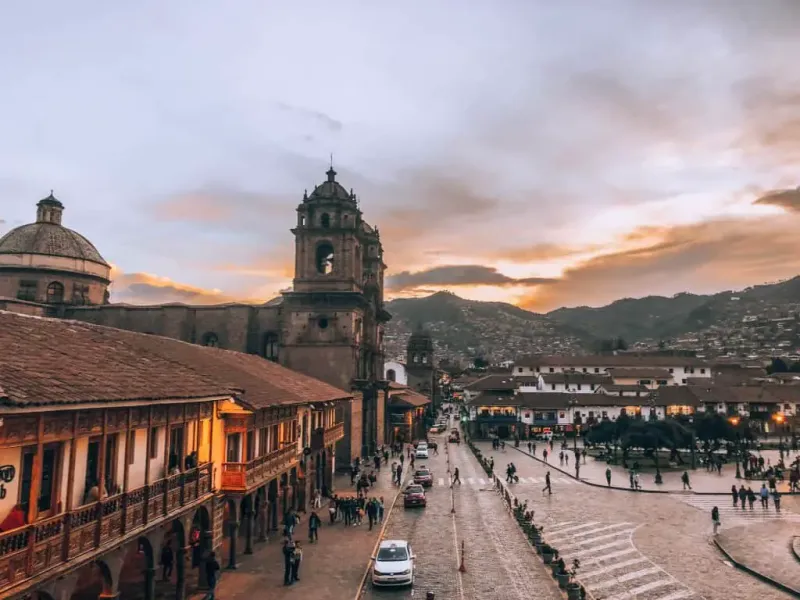
Altitude sickness hit me hard my first day in Cusco, but even gasping for breath at 11,000 feet couldn’t diminish my awe. This former Incan capital seamlessly blends pre-Columbian foundations with Spanish colonial architecture in a living museum unlike any other city.
My mornings began with coca tea in the Plaza de Armas, watching the sun illuminate golden churches built atop ancient temples. Exploring narrow cobblestone alleys, I discovered artisans working in traditions passed down for generations, creating textiles that tell stories through their intricate patterns.
Though most travelers use Cusco merely as a gateway to Machu Picchu, the city deserves days of exploration. Its layered history reveals itself slowly to those who linger.
6. Tayrona Coastal Jungle
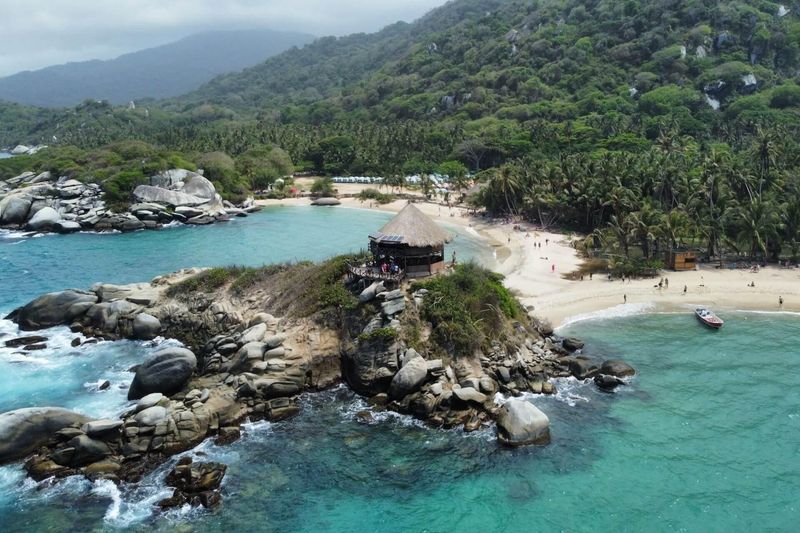
Waking in my hammock to howler monkeys announcing dawn, I understood why Colombia’s Tayrona National Park remains relatively undeveloped. This pristine meeting of Caribbean Sea and Sierra Nevada jungle creates ecosystems of staggering biodiversity.
My three-day trek took me through dense rainforest where leaf-cutter ants formed highways across the trail. Each bend revealed new beaches—some with powerful waves crashing against massive boulders, others forming tranquil natural pools perfect for swimming.
Though reaching Tayrona requires effort and facilities remain deliberately basic, its untamed beauty offers a rare glimpse of how the Caribbean looked before mass tourism. The indigenous Kogi people who still inhabit these forests remind visitors of our responsibility to protect such places.
7. Buenos Aires Energy

Midnight in Buenos Aires marks just the beginning of the evening. My tango lesson had finished hours earlier, yet the milonga (dance hall) pulsed with energy as locals and tourists twirled across the floor in passionate embrace.
During my month-long stay, I discovered a city of distinct neighborhoods—from colorful La Boca to elegant Recoleta—each with its own personality. Porteños (locals) invited me into their homes for asado (barbecue) where conversations flowed as freely as Malbec wine until dawn approached.
This sophisticated metropolis offers European architecture with Latin American soul. Street art covers walls with political messages, while bookstores occupy converted theaters where literary debates continue the intellectual tradition of Argentina’s golden age.
8. Galápagos Wildlife Encounters
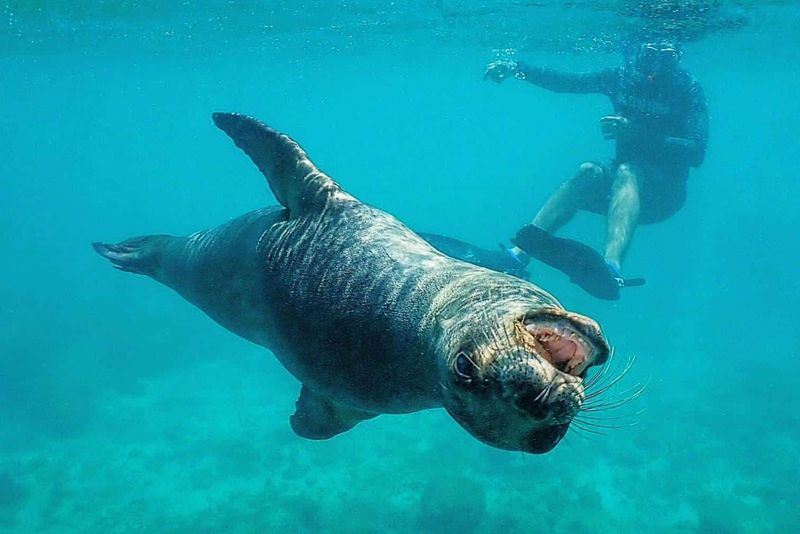
Snorkeling alongside a playful sea lion pup, I experienced the magic that captivated Darwin nearly two centuries ago. The Galápagos Islands remain one of the few places where animals show no instinctive fear of humans, allowing extraordinary close encounters.
Each island revealed new wonders—marine iguanas sneezing salt water, blue-footed boobies performing mating dances just feet away, and giant tortoises moving with prehistoric deliberation through highland meadows. My guide, born on the islands, shared insights into conservation efforts protecting this living laboratory.
Though strict visitor regulations sometimes feel limiting, they preserve what makes these islands special. Watching evolution’s workshop in action, I gained perspective on humanity’s brief existence within Earth’s vast timeline.
9. Valparaíso’s Urban Art
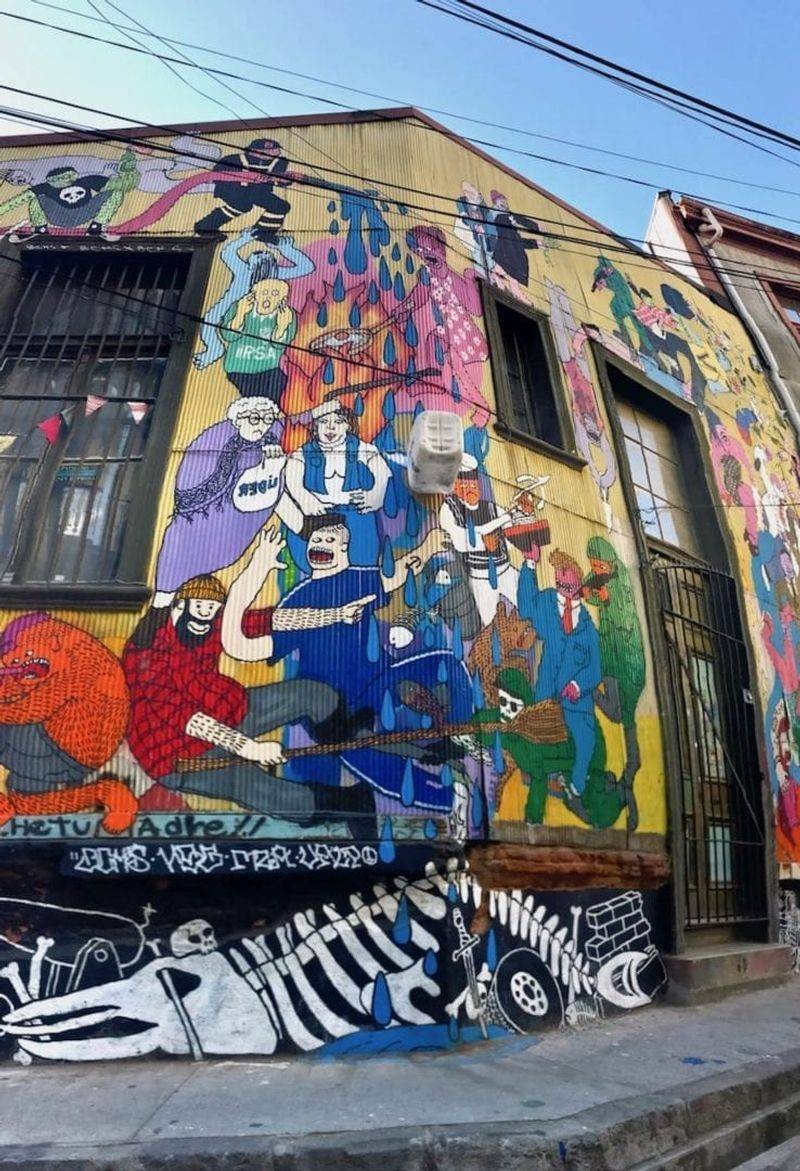
Getting lost among Valparaíso’s 42 hills proved the best way to discover Chile’s bohemian port city. Around each corner, elaborate murals transform entire buildings into canvases that tell stories of political resistance, cultural heritage, and artistic vision.
Ascending the city’s network of funiculars—wooden elevators built over a century ago—I reached neighborhoods where no two houses share the same color. Locals call their city “Valpo” with obvious affection, proudly showing me hidden viewpoints and artist workshops tucked into labyrinthine streets.
Poets and painters have long drawn inspiration from this chaotic, colorful city perched between mountains and sea. Pablo Neruda’s home still stands as testament to the creative energy that flows through Valparaíso like electricity.
10. Amazon River Magic
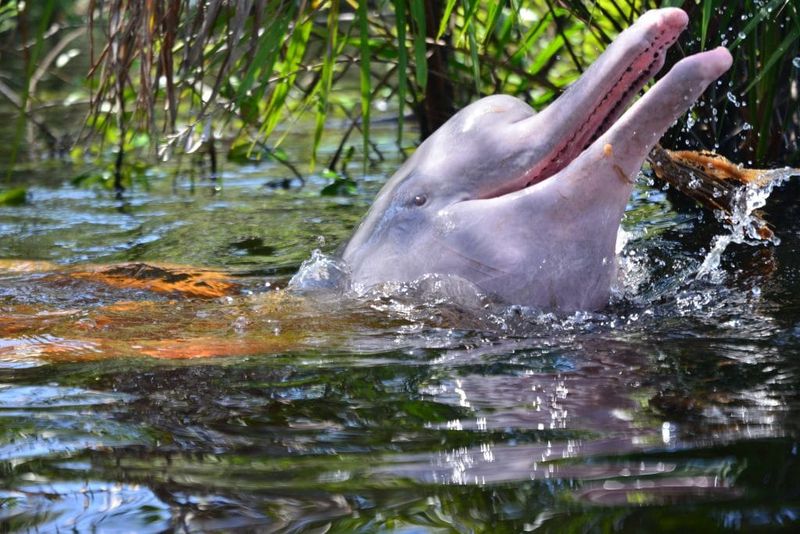
Drifting silently in a dugout canoe through flooded forests, I spotted pink river dolphins breaking the surface alongside our boat. My week in the Peruvian Amazon revealed a world where water and land blur into one living system of astonishing complexity.
Night excursions brought encounters with creatures I’d only seen in documentaries—tree frogs with translucent skin, caimans whose eyes glowed red in our flashlight beams, and insects that seemed designed by science fiction writers. The sounds alone—a symphony of calls, croaks, and mysterious rustlings—created an immersive experience.
Though mosquitoes and humidity tested my patience, sleeping in a jungle lodge with walls open to the elements connected me to nature’s rhythms in ways I hadn’t thought possible.
11. Bariloche Lakeside Views
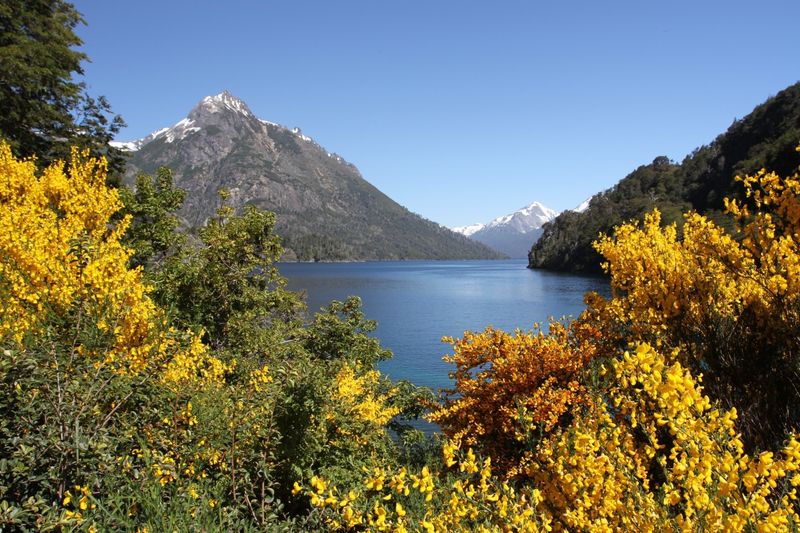
Snow dusted the surrounding peaks as I sipped hot chocolate in Bariloche, Argentina’s alpine wonderland. This Patagonian town combines Swiss architectural influence with distinctly South American hospitality, creating an unexpected cultural blend.
My days were spent hiking through ancient forests where bamboo underbrush creates a mystical atmosphere around crystal-clear lakes. Returning to town, I indulged in the region’s famous chocolate shops and microbreweries—rewards well-earned after mountain exertion.
When winter transforms the landscape, world-class skiing draws enthusiasts from across the continent. Yet I preferred autumn’s golden light painting the Andean scenery in warm hues while fewer tourists allowed for deeper connections with locals who call this paradise home.
12. Salar de Uyuni
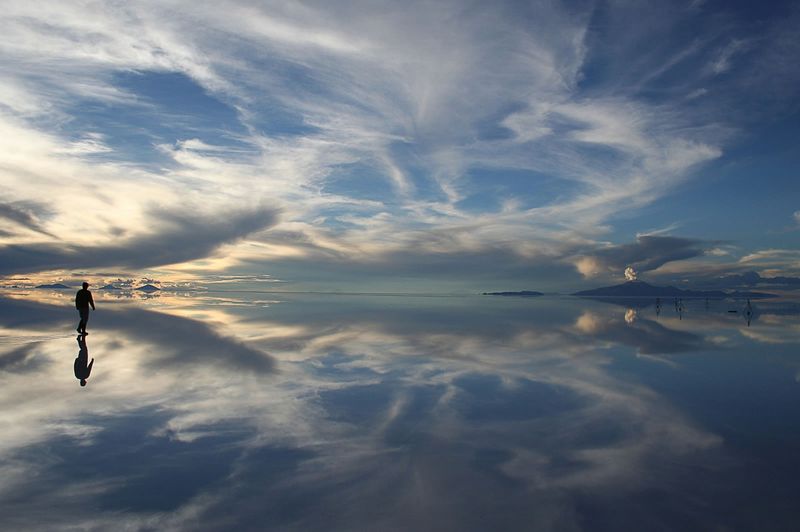
Stepping onto Bolivia’s Salar de Uyuni during rainy season felt like walking on clouds. The world’s largest salt flat transforms into a perfect mirror, creating optical illusions where sky and earth become indistinguishable.
My jeep expedition across this surreal landscape revealed salt hexagons stretching to the horizon, flamingo-filled lagoons in impossible colors, and ancient cacti islands that rise from the white expanse. At night, stars reflected so perfectly in the salt that I lost all sense of up and down.
Though accommodations in this remote region remain rustic (my salt hotel room featured furniture carved from salt blocks), the otherworldly beauty compensates for any discomfort. This prehistoric lake bed, now a vast salt desert, represents Earth at its most artistically abstract.
